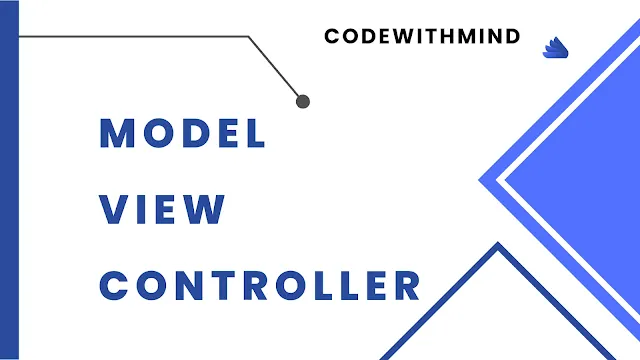Introduction
When building software applications, it's essential to use design patterns that can make the code more organized, maintainable, and scalable. One such design pattern is the Model-View-Controller (MVC) pattern. MVC is a popular architectural pattern used in software engineering that divides an application into three interconnected components: the model, view, and controller. This separation of concerns allows for a clear organization of code and simplifies the process of adding new features or modifying existing ones without breaking the application.
Benefits of MVC
MVC offers several benefits when building a scalable application:
Separation of concerns
MVC separates the application logic into three distinct components, the model, the view, and the controller. This separation allows for a clear separation of concerns, making the code more organized and easier to maintain. The model component represents the data and the business logic of the application, the view component represents the user interface, and the controller component acts as an intermediary between the model and the view.
Reusability
The separation of concerns in MVC also allows for
better code reusability. The model and controller can be reused across
different views, and the view can be reused across different controllers. This
makes it easier to add new features to the application without having to write
entirely new code.
Testability
MVC makes it easier to test different parts of the application in isolation, which can help to identify and fix bugs more quickly. Each component of the application can be tested separately, making it easier to isolate the source of the problem.
Flexibility
MVC allows for easy modification of the application's functionality. Changes can be made to the model or controller without affecting the view, and vice versa. This allows for more flexibility when adding new features or modifying existing ones.
Scalability
MVC supports scalability by allowing for the easy
addition of new features and functionality without affecting the existing
codebase. As the application grows, it's easier to add new components to the
model, view, or controller, and scale the application's architecture
accordingly.
Easy to implement
MVC is a widely used pattern and easy to implement in any language. Numerous frameworks are available that make it even easier to use the MVC pattern, such as Ruby on Rails, Laravel, and ASP.NET MVC.
How MVC Works
To better understand how MVC works, let's take a closer look at each of the three components:
Model
The model component represents the data and the business logic of the application. It interacts with the database and encapsulates the data, ensuring it's independent of the user interface. The model component can be used to perform CRUD (Create, Read, Update, Delete) operations on the data, and any changes to the data are immediately reflected in the view.
View
The view component represents the user interface of the application. It's responsible for displaying the data to the user in a readable and understandable format. The view component is decoupled from the model and controller, meaning that changes to the data or application logic won't affect the view.
Controller
The controller component acts as an intermediary between the model and view. It receives input from the user via the view, processes that input using the model, and updates the view accordingly. The controller component is responsible for controlling the flow of data between the model and view and ensuring that they remain decoupled.
Conclusion
The Model-View-Controller (MVC) design pattern is an effective way to build scalable applications. It separates the application logic into three distinct components, the model, view, and controller, which allows for a clear separation of concerns and makes the code more organized and easier to maintain. The separation of concerns also allows for better code reusability, making it easier to add new features to the application without having to write entirely new code. MVC makes it easier to test different parts of the application in isolation, identify and fix bugs more quickly, and add new functionality without affecting the existing codebase.
Overall, MVC is a flexible, scalable, and easy-to-implement pattern that has proven to be effective in building modern web applications. Its popularity among developers and its adoption by several popular frameworks is a testament to its usefulness.


This comment has been removed by a blog administrator.
ReplyDelete